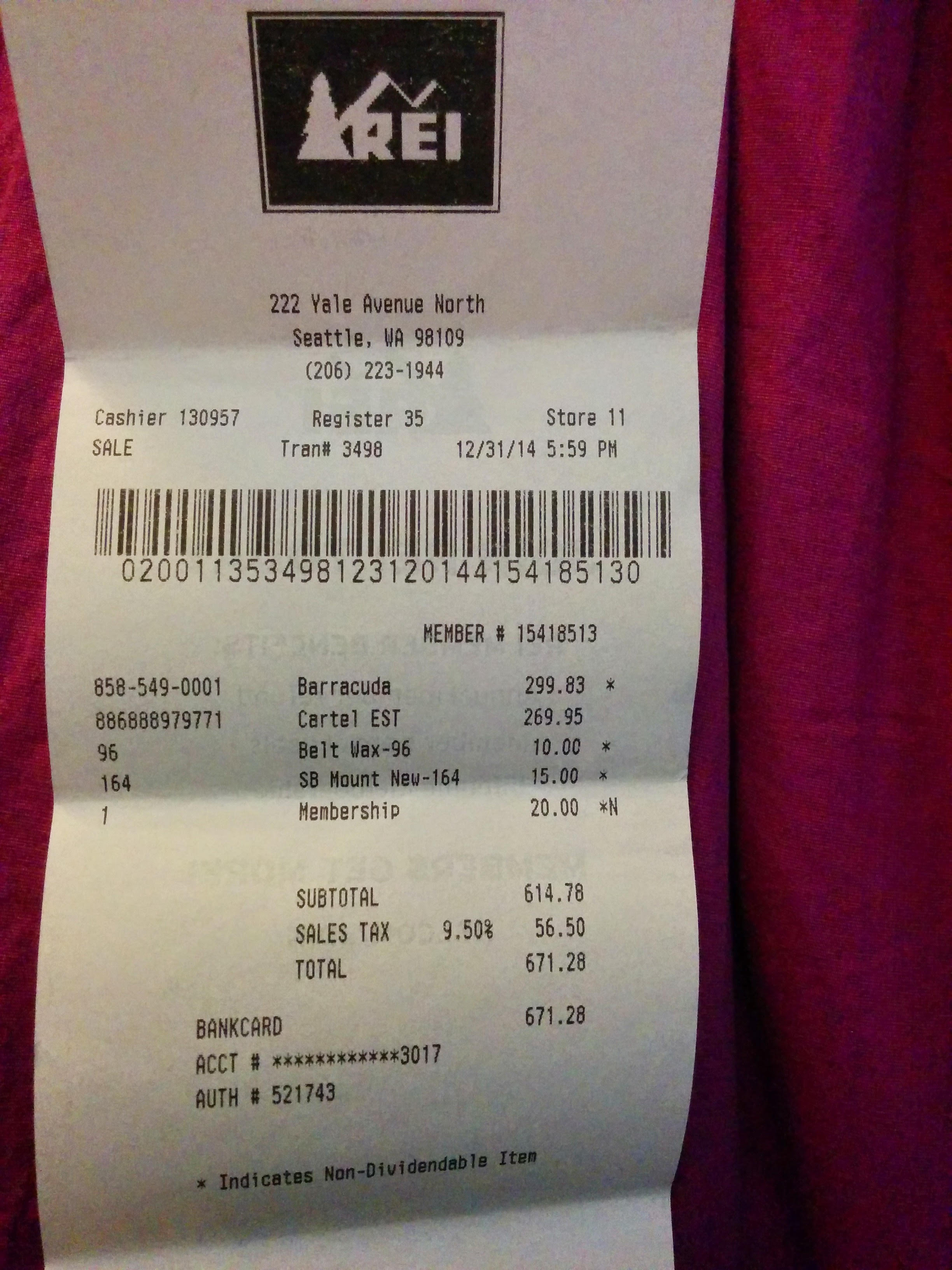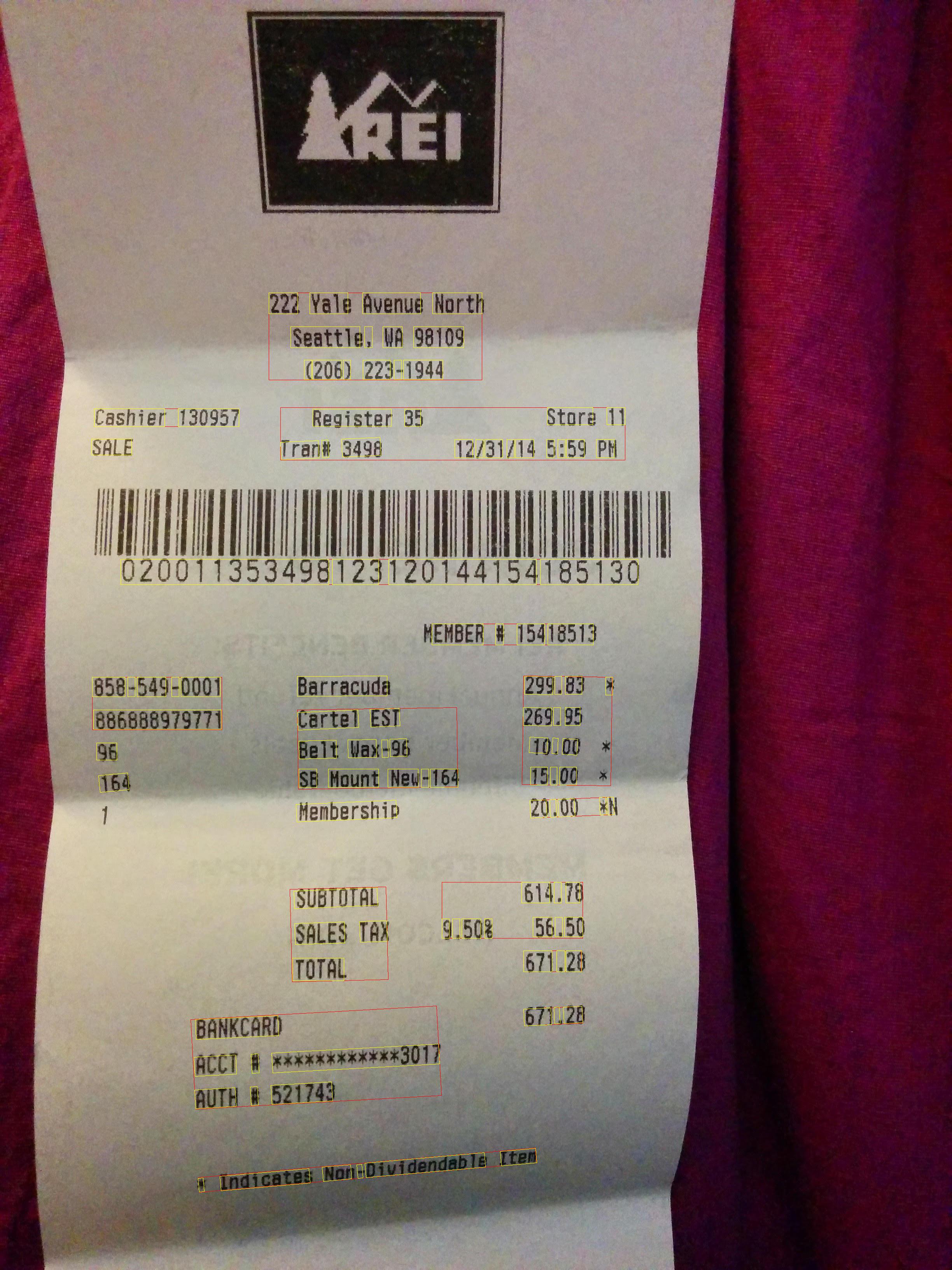目標對象
本教學課程的目標是協助您使用 Google Cloud Vision API 文件文字偵測功能開發應用程式。本教學課程假設您熟悉基本程式設計結構和技術,但即使您是程式設計新手,也應該能夠輕鬆完成本教學課程並執行程式碼,然後使用 Cloud Vision API 參考說明文件建立基本應用程式。
必要條件
- 在 Google Cloud 控制台中設定 Cloud Vision API 專案。
設定環境,以便使用應用程式預設憑證。
Python
使用 Document Text OCR 為圖片加上註解
本教學課程會逐步引導您操作基本的 Vision API 應用程式,該應用程式會發出 DOCUMENT_TEXT_DETECTION 要求,然後處理 fullTextAnnotation
回應。
fullTextAnnotation 是從圖片擷取的 UTF-8 文字結構化階層式回應,依「頁面」→「區塊」→「段落」→「字詞」→「符號」的順序排列:
Page是區塊的集合,以及頁面的中繼資訊:大小、解析度 (X 解析度和 Y 解析度可能不同)。Block代表網頁的「邏輯」元素,例如文字涵蓋的區域,或是欄之間的圖片或分隔符。文字和表格區塊包含擷取文字所需的主要資訊。Paragraph是文字的結構單元,代表依序排列的字詞。根據預設,系統會將換行符視為字詞分隔符。Word是最小的文字單位。這個值會以符號陣列表示。Symbol代表字元或標點符號。
fullTextAnnotation 也可以提供網頁圖片的網址,這些圖片與要求中的圖片部分或完全相符。
完整程式碼清單
閱讀程式碼時,建議您一併參閱 Cloud Vision API Python 參考資料。
此簡易應用程式會執行下列工作:
- 匯入執行應用程式時需要的程式庫
- 採用三個引數並傳遞至
main()函式:image_file:要加上註解的輸入圖片檔案output_file:輸出檔案名稱,Cloud Vision 會在其中生成繪製多邊形方塊的輸出圖片
- 建立
ImageAnnotatorClient例項,與服務互動 - 傳送要求並傳回回應
- 建立輸出圖片,並在文字周圍繪製方塊
深入瞭解程式碼
匯入程式庫
我們匯入標準程式庫:
argparse,以允許應用程式接受輸入檔案名稱做為引數enum,適用於FeatureType列舉io適用於檔案 I/O
其他匯入項目:
google.cloud.vision程式庫中的ImageAnnotatorClient類別,用於存取 Vision API。google.cloud.vision程式庫中的types模組,用於建構要求。PIL程式庫中的Image和ImageDraw程式庫用於建立輸出圖片,並在輸入圖片上繪製方塊。
執行應用程式
我們在此只剖析傳遞的引數,並將其傳遞至 render_doc_text() 函式。
向 API 進行驗證
與 Vision API 服務通訊之前,您必須使用先前取得的憑證驗證服務。要在應用程式中取得憑證,最簡單的方式是使用應用程式預設憑證 (ADC)。根據預設,Cloud 用戶端程式庫會嘗試從 GOOGLE_APPLICATION_CREDENTIALS 環境變數取得憑證,該變數應設為指向服務帳戶的 JSON 金鑰檔案 (詳情請參閱「設定服務帳戶」)。
提出 API 要求,並從回應中讀取文字界線
Vision API 服務準備就緒後,即可呼叫 ImageAnnotatorClient 執行個體的 document_text_detection 方法,存取這項服務。
用戶端程式庫會封裝 API 要求與回應的詳細資料。如要完整瞭解要求的結構,請參閱 Vision API 參考資料。
用戶端程式庫處理要求後,我們的回應會包含 AnnotateImageResponse,其中包含圖片註解結果清單,要求中傳送的每張圖片都會對應一個結果。因為我們在要求中只傳送了一張圖片,所以會逐步完成完整的 TextAnnotation,並收集指定文件特徵的界線。
執行應用程式
如要執行應用程式,請下載這個 receipt.jpg 檔案 (可能需要按一下滑鼠右鍵),然後將檔案在本機電腦上的下載位置傳遞至教學課程應用程式 (doctext.py)。

以下是 Python 指令,以及文字註解輸出圖片。
$ python doctext.py receipt.jpg -out_file out.jpg
下圖顯示黃色方塊中的字詞和紅色方塊中的句子。

恭喜!您已使用 Google Cloud Vision 完整文字註解執行文字偵測!

